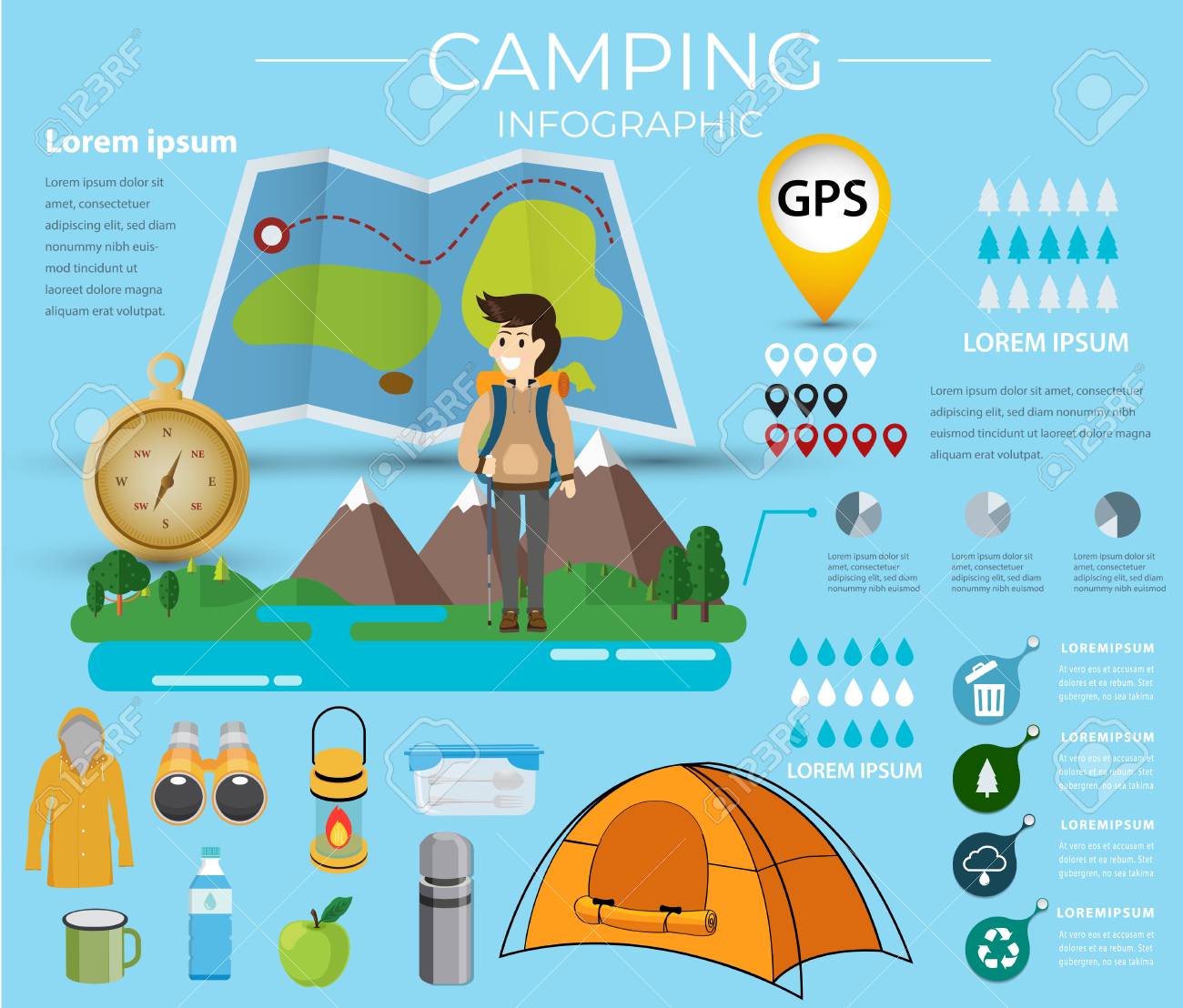Winter outdoor camping is an enjoyable and daring experience, but it requires appropriate gear to ensure you stay warm. You'll need a close-fitting base layer to trap your body heat, together with an insulating jacket and a waterproof shell.
You'll likewise require snow stakes (or deadman supports) hidden in the snow. These can be connected making use of Bob's clever knot or a routine taut-line drawback.
Pitch Your Tent
Wintertime outdoor camping can be a fun and adventurous experience. Nonetheless, it is important to have the appropriate equipment and know exactly how to pitch your outdoor tents in snow. This will certainly avoid chilly injuries like frostbite and hypothermia. It is additionally important to eat well and remain hydrated.
When establishing camp, see to it to pick a site that is sheltered from the wind and without avalanche risk. It is additionally an excellent concept to pack down the area around your camping tent, as this will certainly help in reducing sinking from temperature.
Prior to you set up your tent, dig pits with the same size as each of the support factors (groundsheet rings and person lines) in the facility of the outdoor tents. Load these pits with sand, stones or even stuff sacks filled with snow to portable and secure the ground. You may likewise intend to take into consideration a dead-man support, which involves tying camping tent lines to sticks of wood that are hidden in the snow.
Load Down the Location Around Your Outdoor tents
Although not a need in most areas, snow stakes (also called deadman anchors) are an outstanding enhancement to your camping tent pitching package when outdoor camping in deep or pressed snow. They are generally sticks that are created to be hidden in the snow, where they will certainly ice up and produce a strong anchor point. For best results, use a clover drawback knot on the top of the stick and hide it in a couple of inches of snow or sand.
Establish Your Outdoor tents
If you're camping in snow, it is an excellent concept to make use of a camping tent created for wintertime backpacking. 3-season camping tents work fine if you are making camp below tree line and not anticipating specifically extreme climate, yet 4-season camping tents have stronger poles and fabrics and offer even more defense from wind and hefty snowfall.
Make sure to bring sufficient insulation for your sleeping bag and a cozy, completely dry inflatable mat to sleep on. Inflatable floor coverings are much warmer than foam and assistance avoid cold spots in your outdoor tents. You can likewise add an extra floor covering for resting or cooking.
It's also an excellent concept to set up your tent near a natural wind block, such as a group of trees. This will certainly make your camp a lot more comfy. If you can't locate a windbreak, you can develop your very own by digging openings and hiding objects, such as rocks, tent risks, or "dead man" anchors (old tent person lines) with a shovel.
Tie Down Your Tent
Snow risks aren't required if you use the appropriate methods to anchor your outdoor tents. Buried sticks (maybe accumulated on your method hike) and ski posts work well, as does some variation of a "deadman" buried in the snow. (The concept is to produce an anchor that is so solid you won't have the ability to pull it up, even with a great deal of effort.) Some manufacturers make specialized dead-man supports, but I favor the simplicity of a taut-line drawback connected to a stick and then hidden in the snow.
Be aware of the surface tent weight around your camp, especially if there is avalanche threat. A branch that falls on your camping tent can damage it or, at worst, injure you. Likewise be wary of pitching your camping tent on a slope, which can catch wind and lead to collapse. A protected area with a reduced ridge or hill is much better than a steep gully.
